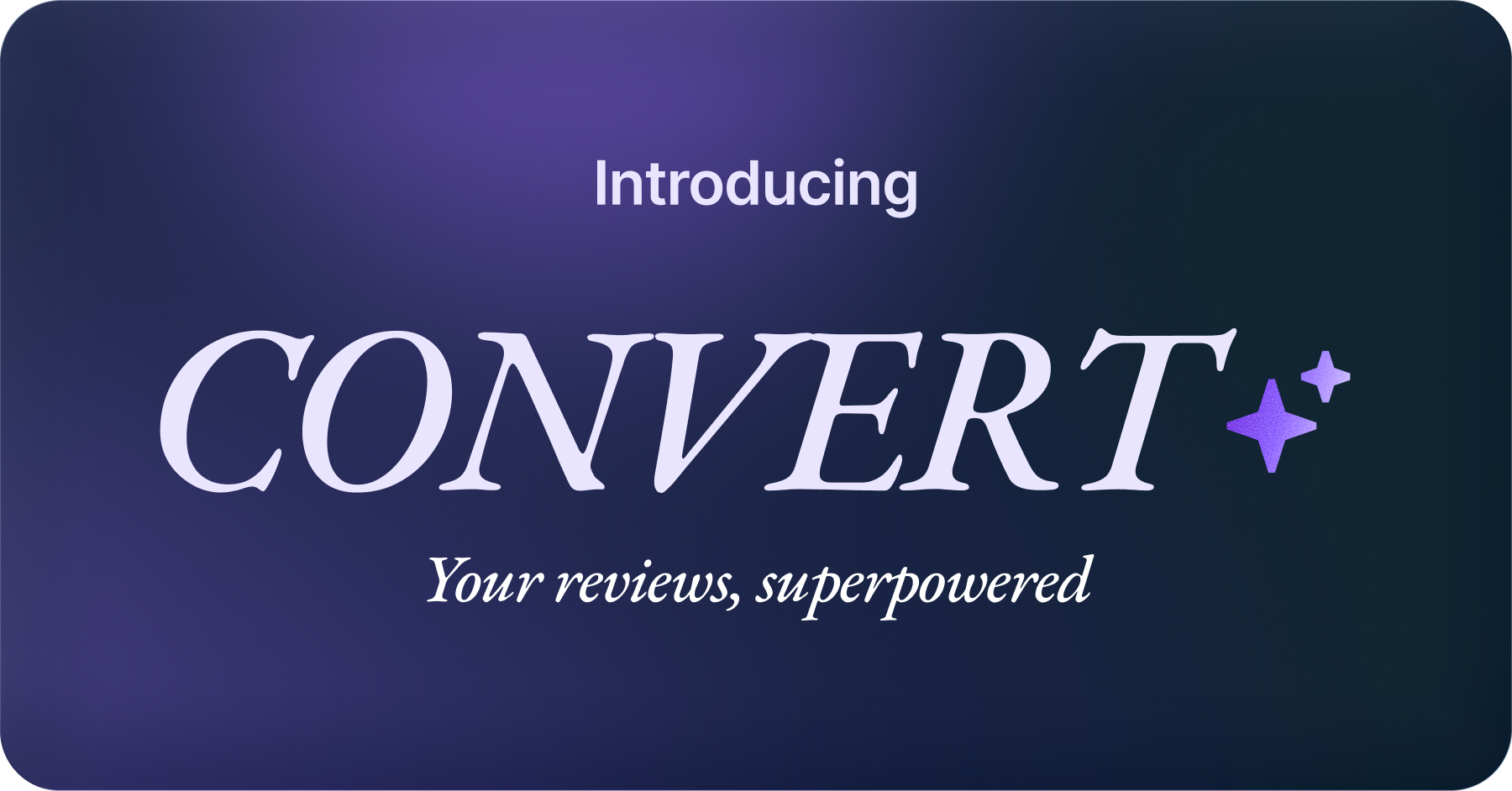Everything You Need to Know About Shopify Audiences

Shopify has recently (May 10th 2022) released a major feature exclusively for Shopify Plus Merchants - Shopify Audiences.
This feature, which was leaked in a presentation in June 2021 and mentioned publicly by several Plus merchants, is a significant move in Shopify’s efforts to combat rising CPMs.
Shopify’s outstanding growth over the years has been fueled by relatively low CPMs, primarily on Facebook Ads, which drove many DTC brands that are digital native. Despite the constant soaring of CPMs, Shopify continued to grow over the past years as COVID moved more brands online. As the waves of COVID subside, Shopify’s growth has slowed down, so this much-needed solution for customer acquisition costs comes at perfect timing.
What is Shopify Audiences?
Disclaimer: This post was written based on our best understanding of the Shopify Audiences product and our experience with ad tech products. There isn’t much data available yet about this product so there are some educated guesses we’ve made. If you have any remarks feel free to let us know.
Shopify Audiences is a Data Exchange Network, in which brands participate by sharing their first-party data in return for accessing a pool of other brands' first-party data.
The data shared is comprised of two parts:
- Customer information (e.g. name, phone number, and email)
- Purchase history.

The data shared is anonymized using a hashing mechanism, similar to how Facebook and Google Ads enable customer lists upload to their platform.
With this pool of data that is sourced from probably hundreds or thousands of merchants, Shopify can create a mapping of shoppers and their purchase habits. Sprinkle on top some AI/ML and these audiences can be extremely valuable for highly segmented targeting.
Merchants can sync these audiences directly to their ad platform and add them to their campaigns. The current release supports only Meta (Facebook & Instagram), but is expected to soon expand to Google, TikTok, and other platforms.
What does this mean for privacy?
Since the data shared is anonymized, it is compliant with the major platforms' privacy requirements, and doesn’t even require the customer’s consent. That being said, privacy regulations are constantly changing globally, and could definitely impact this data exchange.
Another important piece of the puzzle is iOS 14.5 restrictions and the phasing out of third-party cookies that are currently taking place. These changes make it harder for the ad network’s pixels to accurately target customers, so reliance on first-party data is already increasing. Facebook is encouraging merchants to share first-party data (e.g. name and email) with their pixel events to improve customer match rates.

Using first-party data will make the audience targeting significantly simpler and more accurate.
Creating a Shopify Audience
Eligible merchants (Shopify Plus stores that use Shopify Payments and are based in the United States or Canada) can add the Shopify Audiences app. To create the audiences, navigate to the app and click "Create audience".
You will then need to select the specific product you want to create an audience for. This step will analyze users with past purchases of this product, and in turn will generate an audience of users with similar traits that have a high potential to purchase this product.
Finally, choose a descriptive name for the audience and click "Export". The audience might take up to a few hours to generate, based on its size. Once marked "Ready", it will be pushed into your selected ad platforms (e.g. Facebook Ads).
How can these audiences be used to improve paid acquisition campaigns?
There are many ways to utilize these audiences but the main two are these:
Prospecting Audiences
Instead of targeting broad audiences based on demographics or interests, you can use the Shopify Audiences to target high-value audiences in a selected niche. These ideally should be used in top-of-funnel campaigns.
Lookalike Audiences
Working with platforms such as Facebook, you can expand to new audiences by sharing with the platform who your top audiences are. This usually is customers with the highest Lifetime Value (LTV) or Average Order Value (AOV), but once these audiences are exhausted you will want to expand further. With Shopify Audiences, you can create a high-quality seed to create a great lookalike audience to target.
"While the lookalike audiences that platforms like Meta create might overlap with Shopify Audiences, the data powering Shopify's targeting might be stronger in a post-iOS 14 world." says Maurice Rahmey, co-founder of Disruptive Digital. "This is because Shopify can build audiences based on 100% of their transaction data while Facebook will be limited to only those who've opted in to be tracked on an iOS device (about 46% of people have opted in)."
Potential caveats to using Shopify Audiences
While the general idea of highly targeted audiences is a good one, there are some caveats to these.
Increase in CPM
Surprisingly (or not), when targeting a smaller audience the result, in most cases, is actually paying a higher CPM for these audiences.
“The rule of thumb is that higher-quality audiences are always smaller and more expensive” explains Yan Kotliarsky, a Facebook Ads expert “the only chance of breaking this circle is if these audiences convert at significantly higher rates and AOV to justify this increase”.
Additionally, if these audiences are used across multiple merchants in parallel, they will surely trigger a “bidding war” that will spiral the CPMs higher.
Inferior optimization by the ad platforms
Another issue with a smaller audience size is that there’s less data available for the platform’s algorithms to work with. Facebook’s and Google’s best practices over the past few years have been to use broad audiences and leave it to the platform’s algorithms to optimize the campaigns.
Felix Leshno of Underoutfit commented “we spend over half a million dollars on Facebook ads monthly, targeting a broad audience of women in the US” he says “with this broad targeting and relatively large ad spend, Facebook’s algorithms give us a great ROAS, which might diminish if we target a narrower audience”
Similarity to existing ad platform practices
One concern that has been raised by merchants since the early leaks of this feature was that “our hard-earned customer data will now fuel our competitors' campaigns!”.
While this concern is true, it doesn’t mean it doesn’t happen already. Let me explain how.
Have you ever visited a certain ecommerce store, say browsed some nice sneakers, and suddenly all your Instagram feed was showing ads for sneakers? Sounds familiar, right?
This mechanism, which has been around for years now, is based on the ad platform’s pixels placed on the sites. If you’ve visited one store that sells shoes, you’re probably in-market for buying shoes over the next few days. This insight will have the ad platform shift the ads shown to you towards this interest until it records a conversion, which might happen on an entirely different store than the one engaged with originally.
This mechanism basically fuels your competitors' campaigns with your own pixel data.
Opportunities for using Shopify Audiences
The blended data could be super valuable if the AI/ML that analyzes it will be able to create segments otherwise overlooked.
For example, a segment of users that are purchasing heavily from eco-friendly brands, and will extend this audience to other brands similar offerings.
I'm sure there are plenty of variations for this, and the key question is whether these will benefit from the detailed data gathering to the extent of outperforming "regular" Facebook audiences.
Closing thoughts
This move is a major play for Shopify becoming more than “just” the infrastructure powering the ecommerce businesses. It can also serve as a marketing powerhouse. It also tightens the bond between Shopify and Facebook, which unsurprisingly are the first platform to participate in this Data Exchange. With Facebook’s stock also taking a steep decline recently, it can be mutually beneficial if this plays out well for the merchants.
I’m curious to see how this feature is adopted by Plus merchants, which I don’t expect to willingly share their data, despite the defenses mentioned above.


.jpg)
